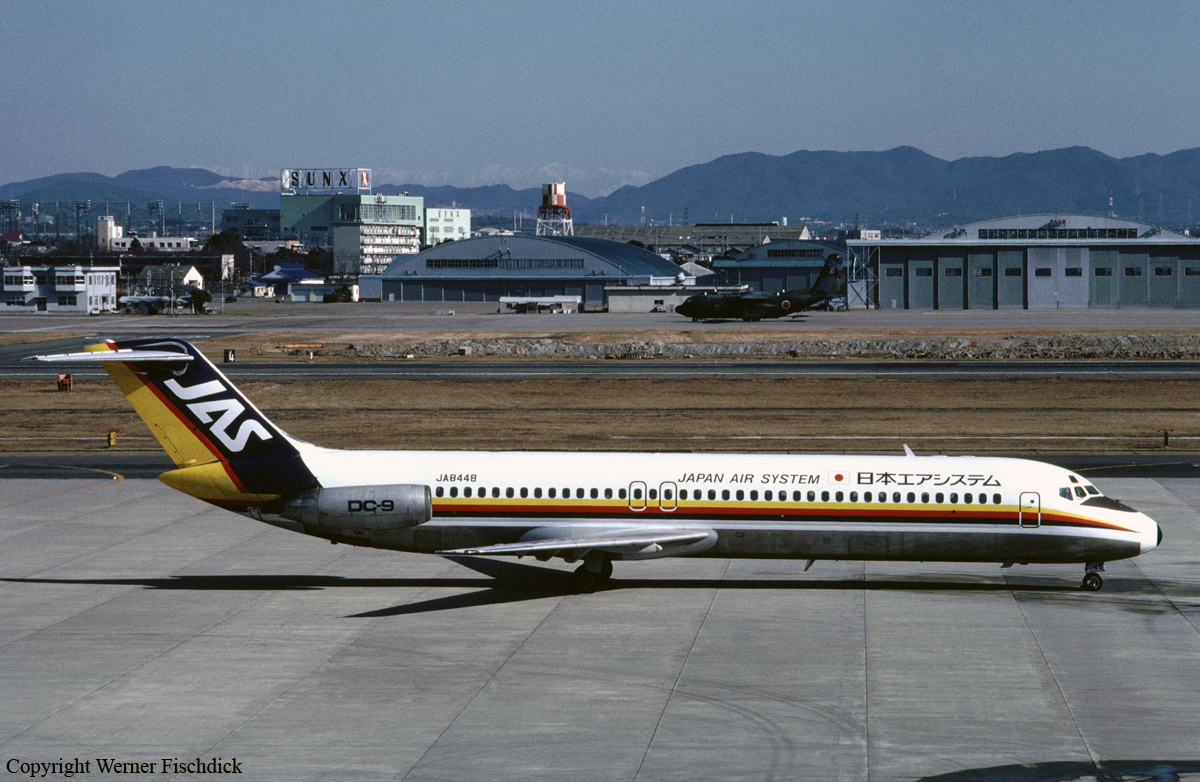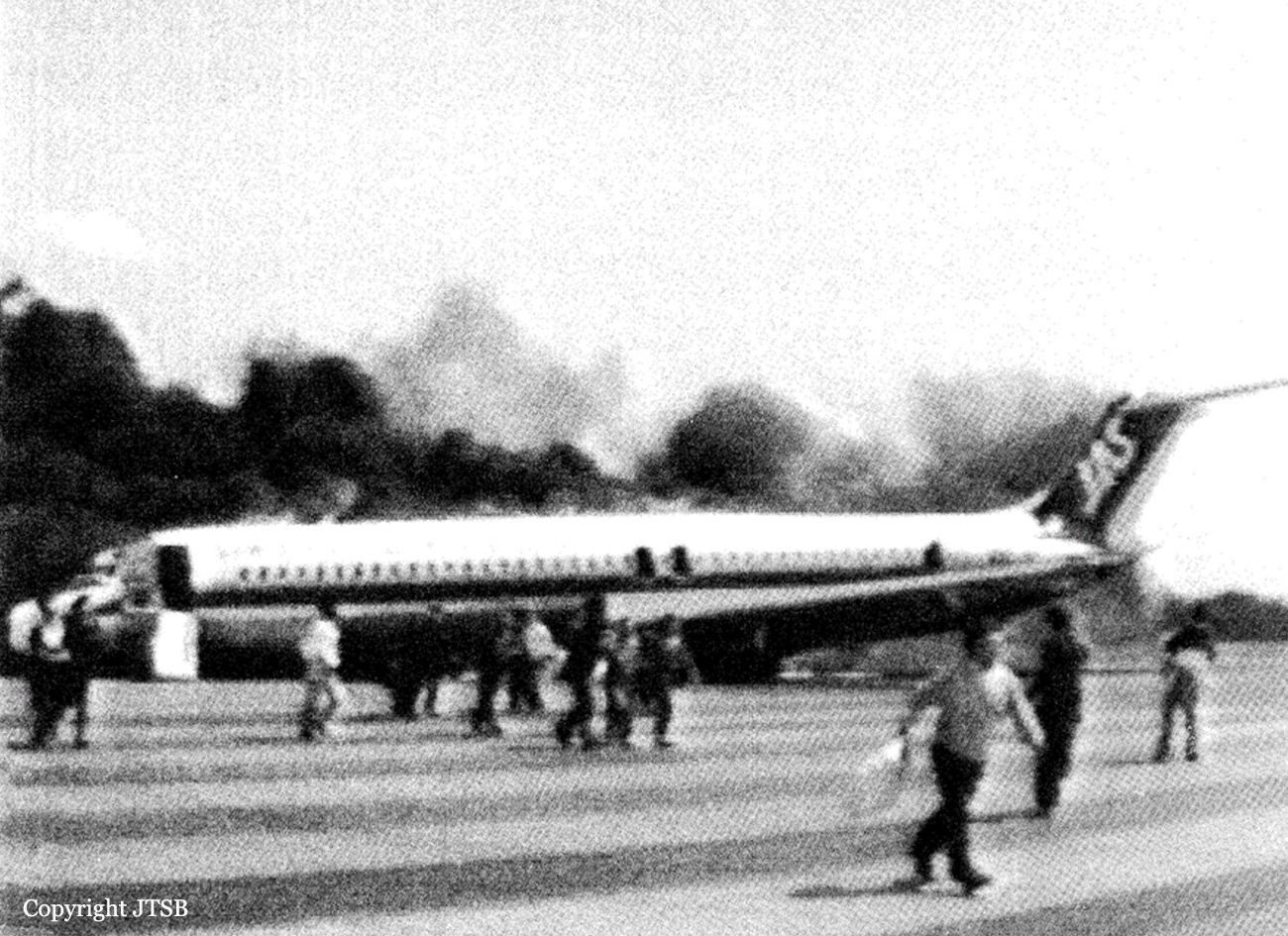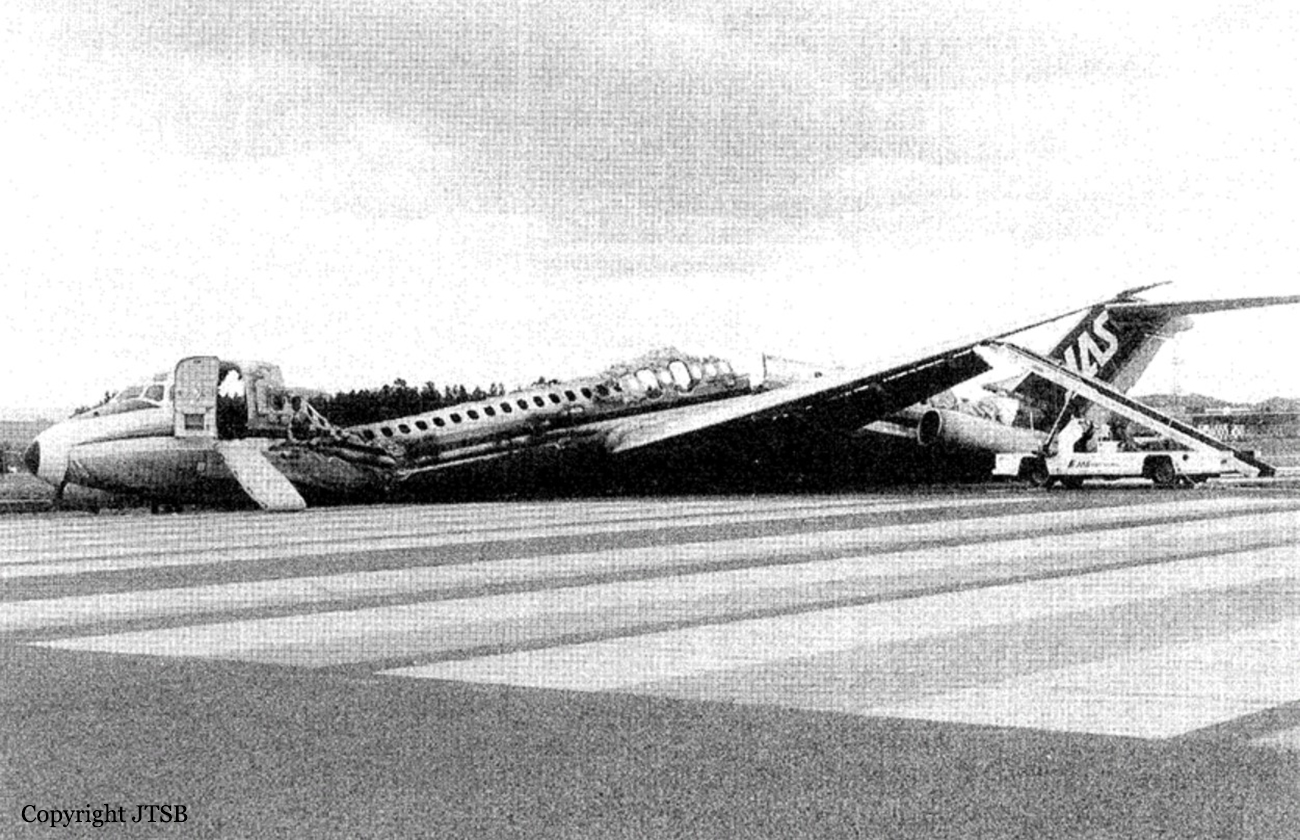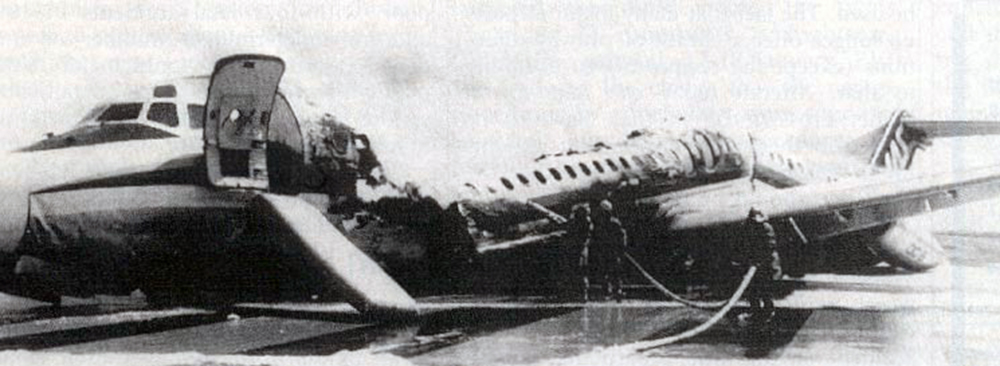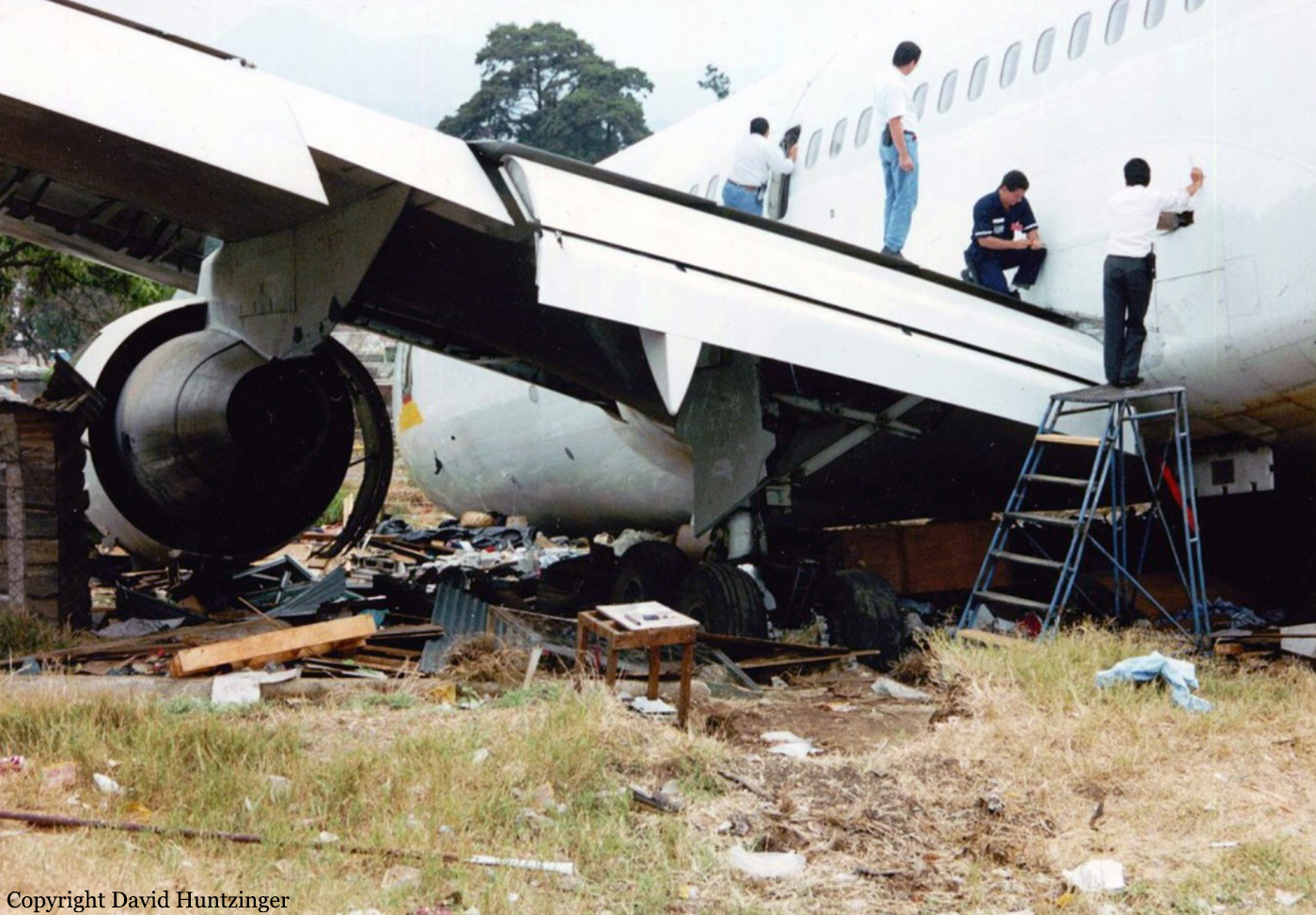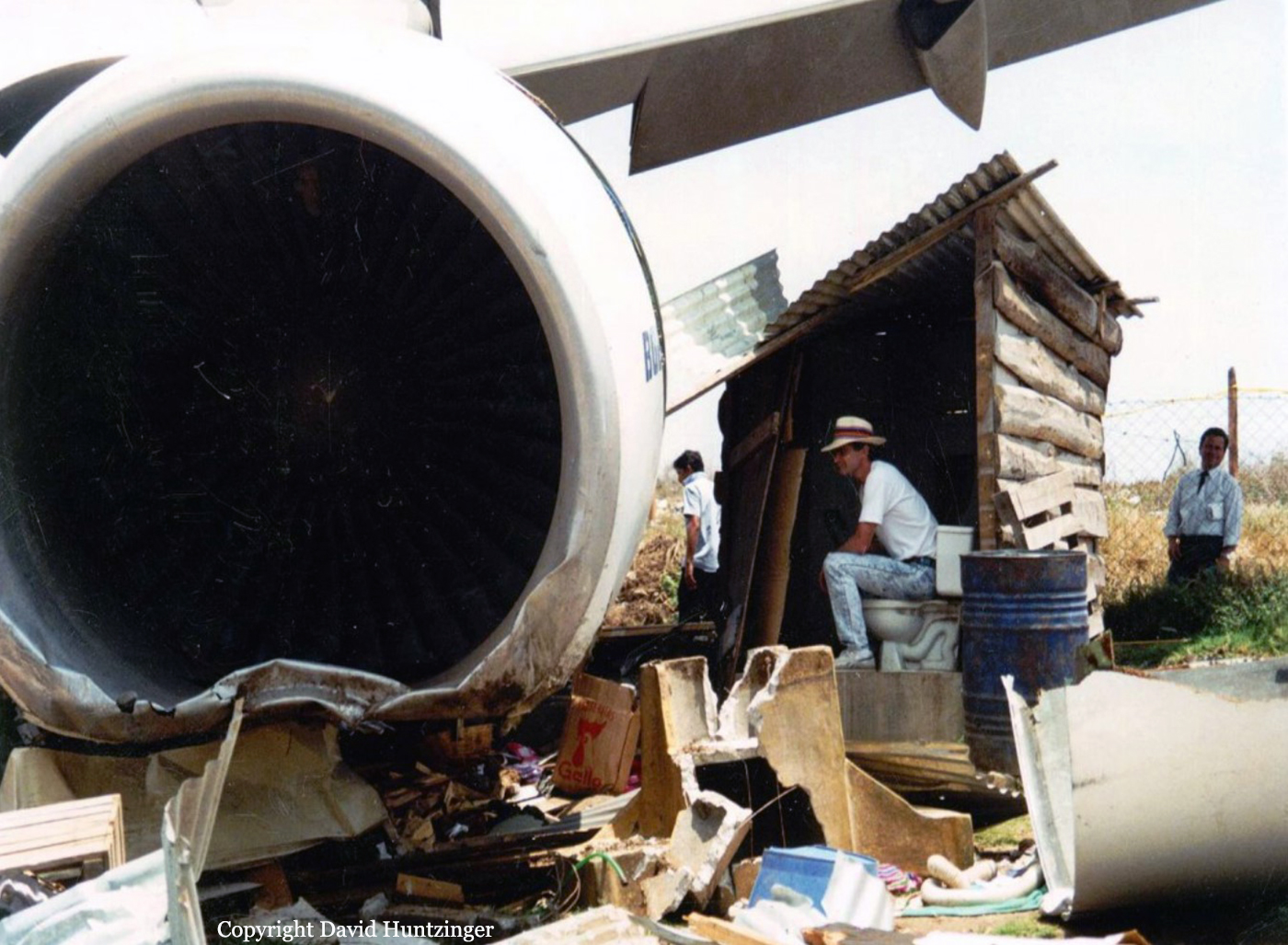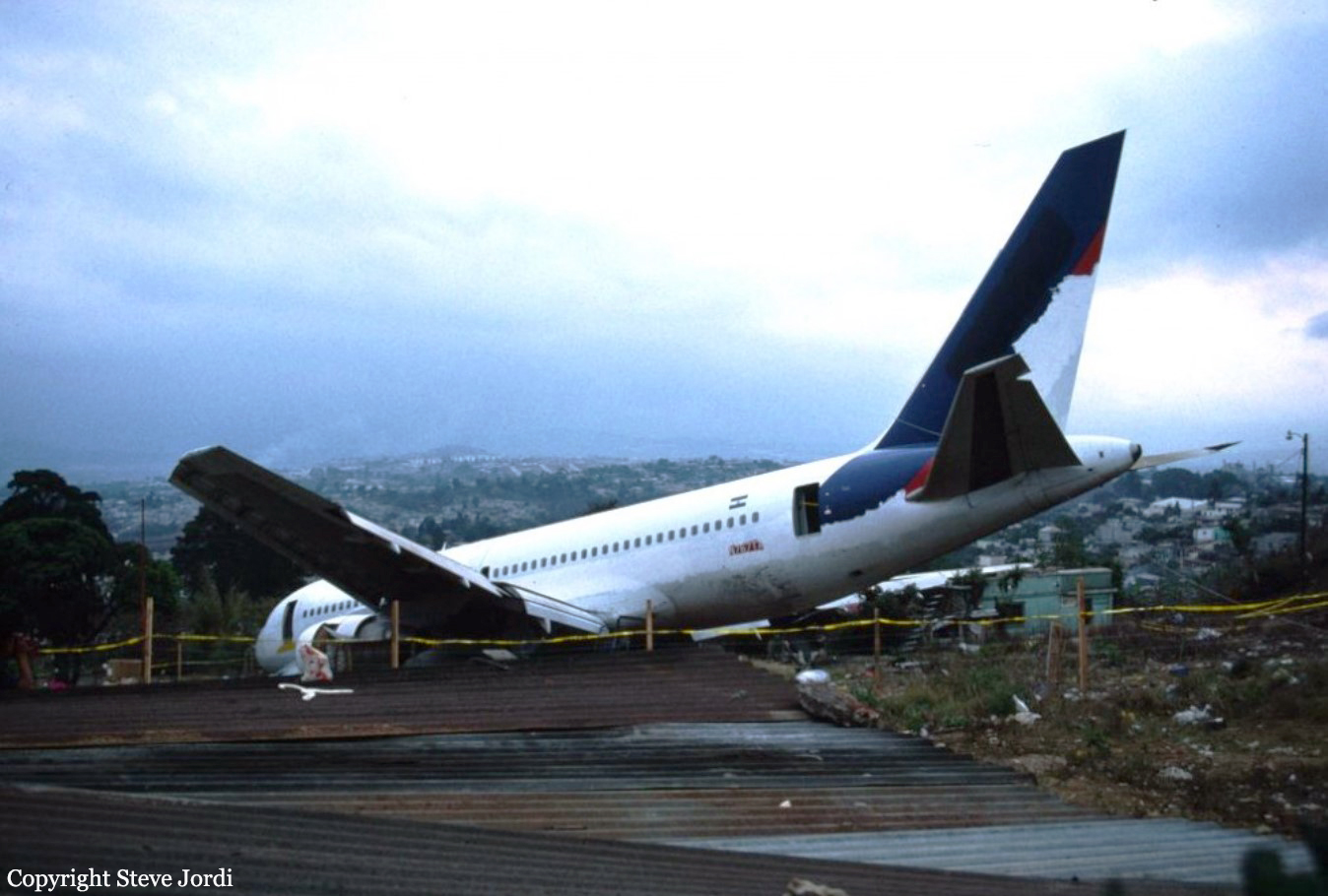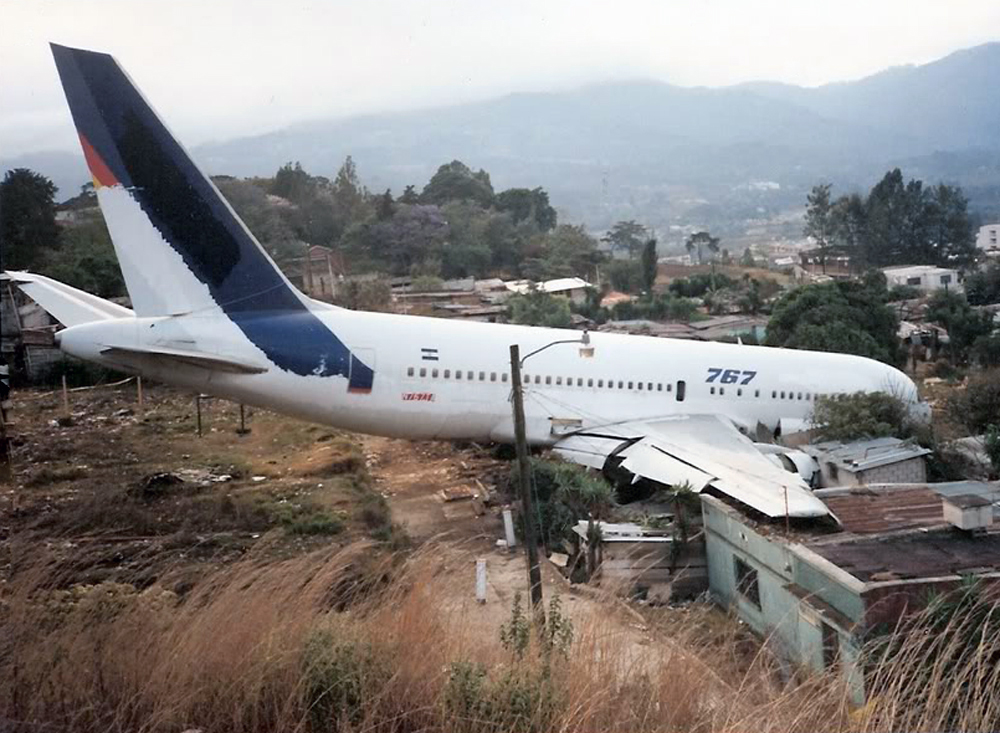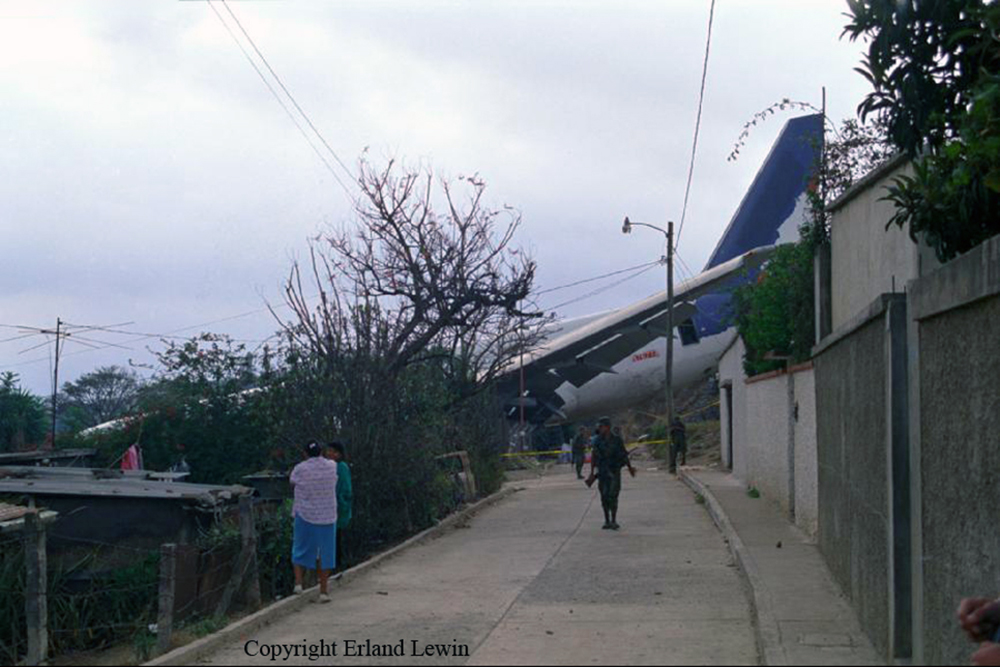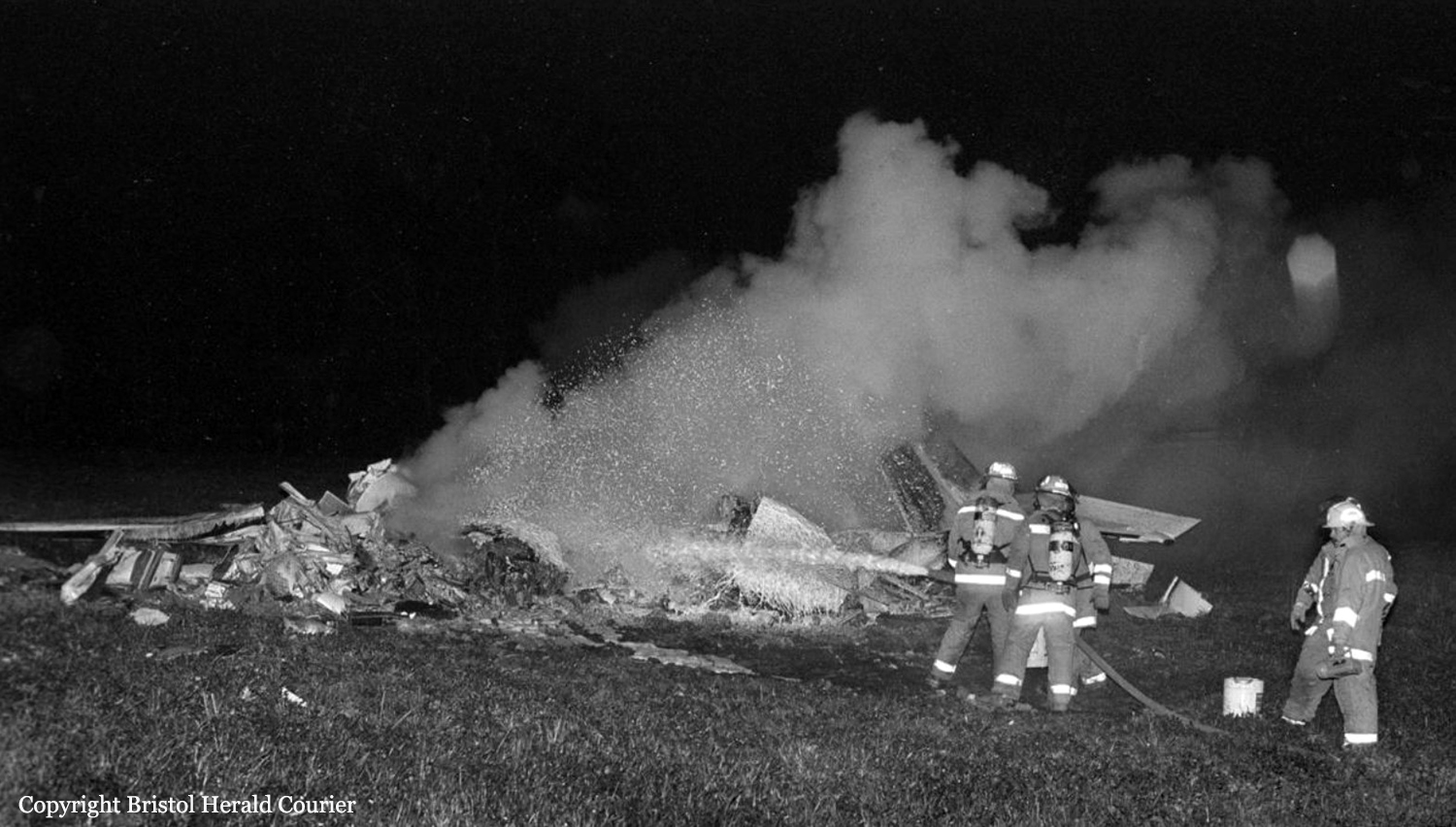Crash of a Douglas DC-9-41 in Hanamaki
Date & Time:
Apr 18, 1993 at 1244 LT
Registration:
JA8448
Survivors:
Yes
Schedule:
Nagoya - Hanamaki
MSN:
47767
YOM:
1978
Flight number:
JD451
Crew on board:
4
Crew fatalities:
Pax on board:
72
Pax fatalities:
Other fatalities:
Total fatalities:
0
Captain / Total hours on type:
8468.00
Copilot / Total hours on type:
380
Aircraft flight hours:
47767
Aircraft flight cycles:
53314
Circumstances:
The approach to Hanamaki Airport was completed by the copilot. On short final, eight seconds prior to landing on runway 02, the aircraft was caught by downdrafts and windshear. Three seconds prior to touchdown, the captain regained control but this was too late. The aircraft landed hard, right main gear first. It rolled for about 1,860 metres before coming to rest on the runway, bursting into flames. All 76 occupants were rescued, among them 20 were injured. A fire erupted under the right wing following a tank rupture.
Probable cause:
It was determined that the aircraft encountered windshear on short final with wind from 240° to 320° gusting 26 to 47 knots. The copilot who was at controls at this time was not sufficiently experienced according to the operator operational procedures. Poor supervision on part of the captain and a too late recovery were considered as contributing factors.
Final Report:
